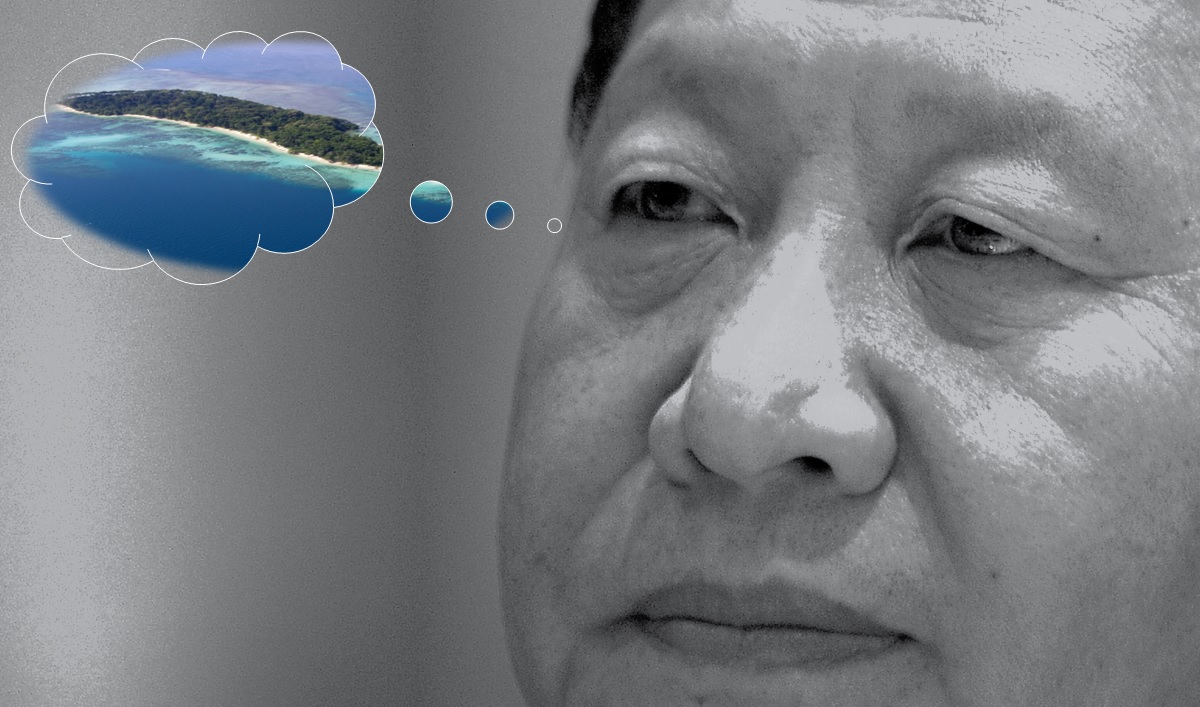The world at large wonders what makes India so powerful as a centre of Indo-Pacific and why is it being billed as an alternative to China? The answer lies in the Andaman & Nicobar Islands (ANI)- an Indian archipelago located at the juncture of the Bay of Bengal and the Andaman Sea. Running in a North-South configuration, the archipelago is situated Northwest of the Strait of Malacca, giving India the option of single-handedly blockading Malacca’s western entry point.
The ANI is a huge force multiplier for India due to its geographic location as it connects South Asia with Southeast Asia. The Northernmost point of the Island chain is merely 22 nautical miles from Myanmar, while the Southernmost point is only 90 nautical miles away from Indonesia. All vessels passing through the Strait of Malacca must pass through the Six Degrees channel located to the South of the Andaman & Nicobar Islands. No wonder, India has started militarising its greatest geopolitical asset.
India’s ability to physically control frequented sea routes by creating a series of chokepoints is therefore enormous. According to experts, the Indian base in the Andaman & Nicobar Islands can choke China at three different points. We are talking about one of the busiest stretches in the Indian Ocean Region (IOR) as 70,000 out of the 1,20,000 ships sailing through the Indian Ocean every year pass through the Malacca Strait.
Moreover, a quarter of all oil transported by sea passes through the Strait of Malacca and 80 per cent of China’s oil imports also pass through the Malacca Strait. With its military bases in the ANI, India can easily interject China’s trade routes and oil supply lines.
As such, India itself realises the immense potential of the Andaman & Nicobar Islands. A maritime security strategy paper recognised the strategic importance of the Islands and underscored their importance in India’s power projection in the Western Pacific and beyond. Consequently, India has been trying to militarise the ANI.

Currently, India has seven Air Force and Navy bases in the ANI, but the archipelago has much more to offer- 572 Islands stretching over an area of 450 nautical miles and a total of 24 ports that are currently operative. If used correctly, the Andaman & Nicobar Islands hold the ability to bring India right at the centre of the Indo-Pacific that can attract big powers like Japan, the US and Australia to India and also India’s neighbours and extended neighbours in this region such as Thailand, Myanmar, Indonesia and Vietnam.
Consequently, India’s Prime Minister, Narendra Modi has been making all possible efforts to project Indian power through the ANI. Last year, India announced the formation of its only theatre command- the Andaman & Nicobar Command (ANC) with a budget outlay of Rs. 5,650 crores (approximately 750 million US dollars). India aims to station additional warships, aircraft, infantry soldiers, missile batteries and drones in this archipelago under a 10-year infrastructure “roll-on” plan. Now, reports suggest that India is expediting plans for basing additional men and assets at the ANI.

In the present geopolitical context, the ANI is nothing less than a treasure trove for New Delhi, and therefore Prime Minister Modi has laid emphasis on port-led development of the archipelago. India plans to build a major trans-shipment port in the Great Nicobar Island (ANI) worth Rs. 10,000 crores (approximately 1.5 billion US dollars) in order to make India the hub of Indo-Pacific trade because of the competitive distances and deep natural ports offered by the Island chain.
India’s power projection in the ANI has already made it a reliable ally for its QUAD partners- Japan, Australia and the US. Australia and the US have signed logistics sharing pact with India only because they believe that India’s expanding military infrastructure in the strategically located archipelago would offer warships repairing and replenishment facilities. Japan too is in the process of negotiating such a logistics-sharing pact with India.
When it comes to moving supply chains away from China, India therefore seems like a lucrative option due to its geographical location, and New Delhi’s ability and intent to project power. The results are already showing with reports of Japan, India and Australia seeking a supply chain pact to counter Chinese dominance.
Apart from the bigger powers, it is the eleven Southeast Asian nations who can decide the future course of the Indo-Pacific. However, the ASEAN members are moving ahead very cautiously ensuring that they do not recklessly antagonise China. China is too big a giant for the Southeast Asian nations and they will stand up to Beijing only if the other side offers a very big deal. India is offering that deal with a militarised ANI.
The very fact that India is moving towards greater militarisation of an archipelago located at the Western entrance of the Malacca Strait would draw the ASEAN towards India. The ASEAN members would be led to believe that they have a powerful regional ally to bank upon.
India’s power projection in the Andamans is therefore rattling China. And at the same time making India an incredibly important Indo-Pacific player. A 450 nautical miles-long Island Chain therefore holds the key to the future of 138 crore Indians.

